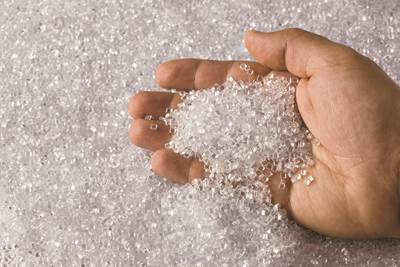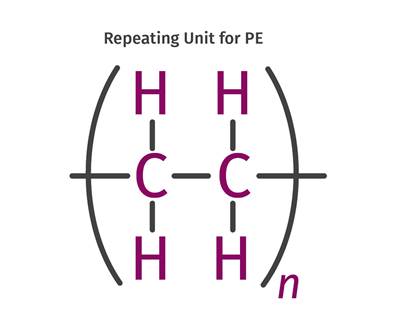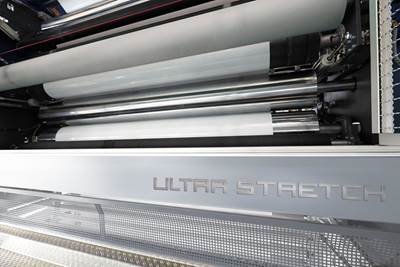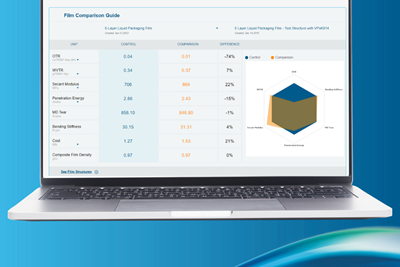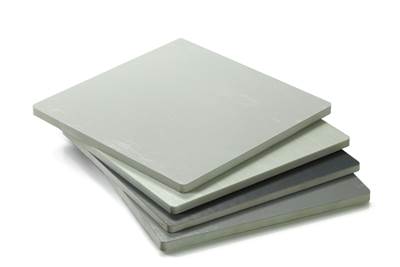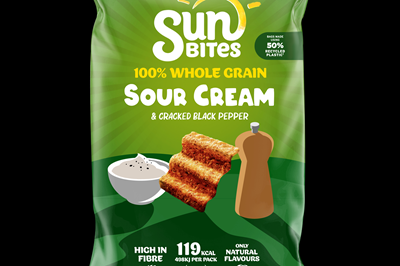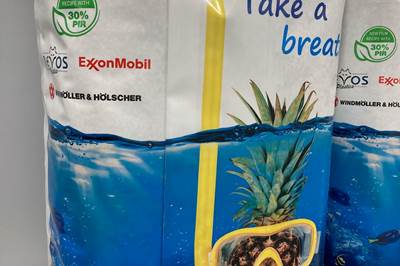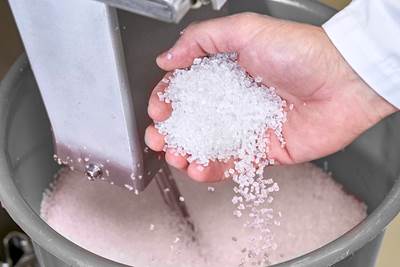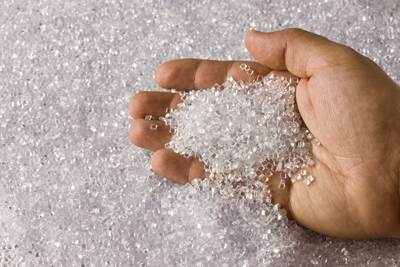Commodity Resins
The five main commodity resins are polyethylene (LDPE, LLDPE, HDPE), polypropylene (PP), polystyrene (PS), polyvinyl chloride (PVC), and polyethylene terephthalate (PET). Key applications range from flexible and rigid food and non-food packaging, to a broad range of consumer goods products, agricultural and industrial products, automotive, and construction, including pipes.

ESSENTIAL READING
VIEW ALLFundamentals of Polyethylene – Part 6: PE Performance
Don’t assume you know everything there is to know about PE because it’s been around so long. Here is yet another example of how the performance of PE is influenced by molecular weight and density.
Read MoreFundamentals of Polyethylene – Part 5: Metallocenes
How the development of new catalysts—notably metallocenes—paved the way for the development of material grades never before possible.
Read MorePolyethylene Fundamentals – Part 4: Failed HDPE Case Study
Injection molders of small fuel tanks learned the hard way that a very small difference in density — 0.6% — could make a large difference in PE stress-crack resistance.
Read MoreFundamentals of Polyethylene – Part 3: Field Failures
Polyethylene parts can fail when an inappropriate density is selected. Let’s look at some examples and examine what happened and why.
Read MoreThe Fundamentals of Polyethylene – Part 2: Density and Molecular Weight
PE properties can be adjusted either by changing the molecular weight or by altering the density. While this increases the possible combinations of properties, it also requires that the specification for the material be precise.
Read MoreThe Fundamentals of Polyethylene – Part 1: The Basics
You would think we’d know all there is to know about a material that was commercialized 80 years ago. Not so for polyethylene. Let’s start by brushing up on the basics.
Read MoreLatest Commodity Resins News And Updates
Updated Interactive Tool for Predicting Multilayer Film Performance
NPE 2024: NOVA Chemicals presents the latest enhancements to its Bonfire Multilayer Property Predictor and new Syndigo rPE portfolio
Read MoreLyondellBasell Invests in Advanced Technology for Masterbatch Solutions
The new investment for the Americas complements the company’s testing assets in Europe.
Read MoreBallistic-Resistant Composite Panels Made With E-Glass and Thermoplastic Resin Systems
Avient’s Polystrand ThermoBallistic thermoplastic panels are a cost-competitive alternative to other fibers and thermosets
Read MoreINEOS and Supply Chain Partners Collaborate on Premium Film Packaging with 50% Recycled Plastic
PepsiCo launches its new Sunbites brand snack packaging in the U.K. and Ireland
Read MoreThin Wall Injection Molding PE Portfolio Expanded
NPE 2024: NOVA Chemicals has expanded its TWIM PE offerings with Surpass IFs 730 and Ifs932 high-melt injection molding grades
Read MoreExxonMobil Highlighting Solutions for Primary and Industrial Packaging and More
The company is also showcasing innovations in hygiene, medical and agricultural sectors.
Read MoreFeatured Posts
Polyethylene Fundamentals – Part 4: Failed HDPE Case Study
Injection molders of small fuel tanks learned the hard way that a very small difference in density — 0.6% — could make a large difference in PE stress-crack resistance.
Read MoreFundamentals of Polyethylene – Part 3: Field Failures
Polyethylene parts can fail when an inappropriate density is selected. Let’s look at some examples and examine what happened and why.
Read MorePrices Up for All Volume Resins
First quarter was ending up with upward pricing, primarily due to higher feedstock costs and not supply/demand fundamentals.
Read MoreThe Fundamentals of Polyethylene – Part 2: Density and Molecular Weight
PE properties can be adjusted either by changing the molecular weight or by altering the density. While this increases the possible combinations of properties, it also requires that the specification for the material be precise.
Read MoreThe Fundamentals of Polyethylene – Part 1: The Basics
You would think we’d know all there is to know about a material that was commercialized 80 years ago. Not so for polyethylene. Let’s start by brushing up on the basics.
Read MorePrices of All Five Commodity Plastics On the Way Up
Despite earlier anticipated rollover in prices for most of the volume commodity resins, prices were generally on the way up for all going into the third month of first quarter.
Read MoreFAQ: Commodity Resins
Polyethylene is considered a “commodity” material, a designation that gives the impression that not much thought needs to go into picking the correct grade of material. But PE can be remarkably complicated simply because it is the only polymer that is available across a wide range of densities.




